- All posts
- Energy Efficiency
- Facility Management
- Handicap Accessible
- Heated Mats
- industrial
- Insurance
- Landscaping
- Liability
- Press Release
- Property Maintenance
- Shoveling
- Slip and Fall
- snow and ice management
- Snow and Ice Removal
- Snow Melting
- Snow melting mats
- Snow Removal
- Snow Removal Contractor
- winter prep
- Winter Safety
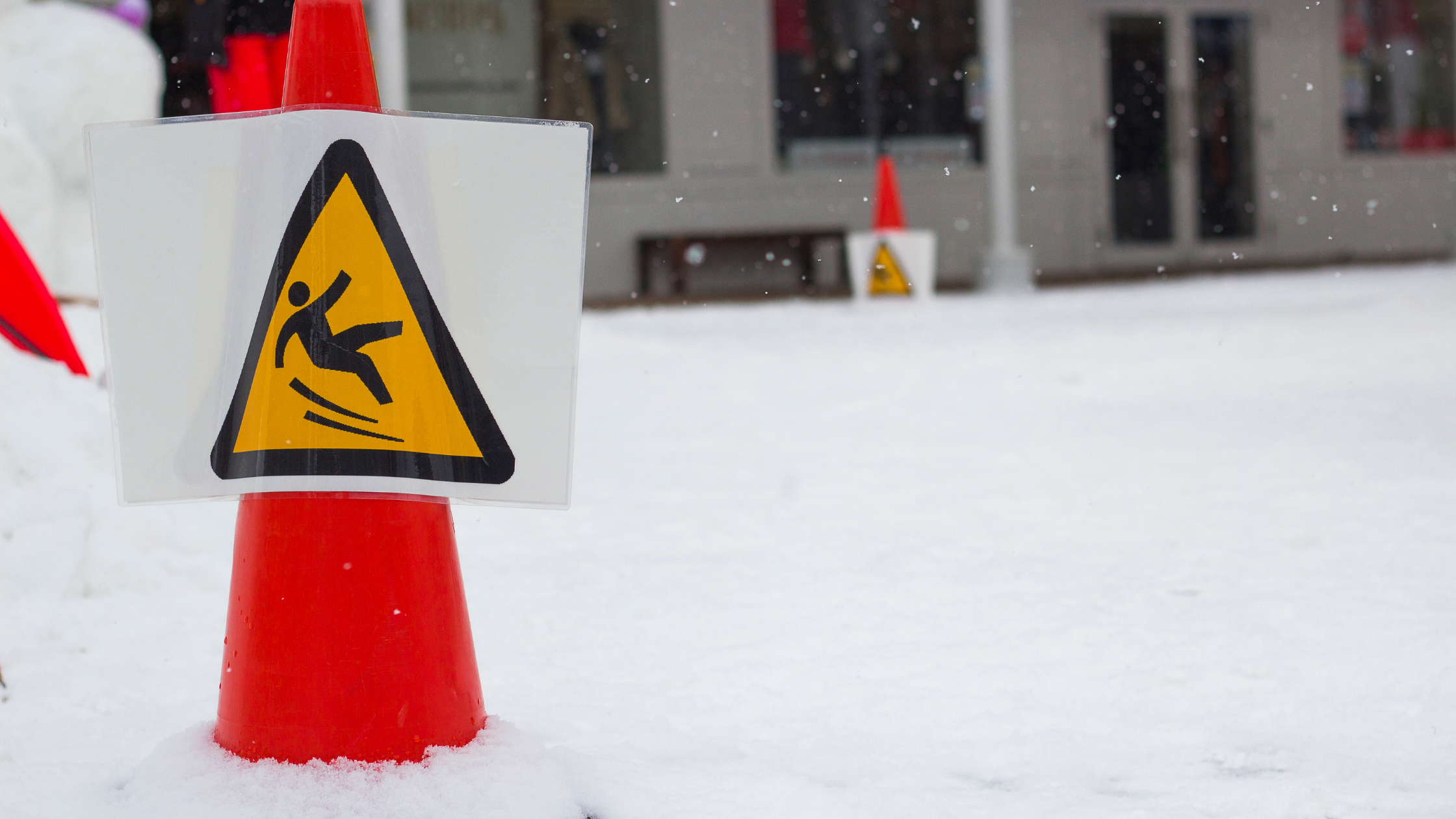
The Serious Impact of Slips and Falls in the Workplace: Addressing a Costly and Dangerous Issue
Take a look to see how HeatTrak PRO can help protect your employees and save on costs. Our latest blog post explores the compelling data behind these accidents and highlights the importance of prev...
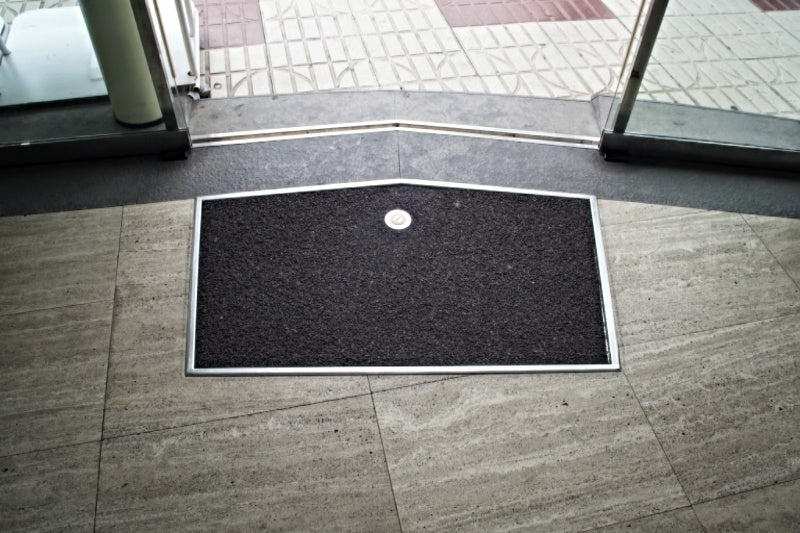
Not all Mats are Created Equal: The Science of Entrance Matting
Every facility manager knows the benefit of an entrance mat, but most don’t understand that all mats are not created equal. Using the wrong kind of mat at a location can still lead to slip and fal...
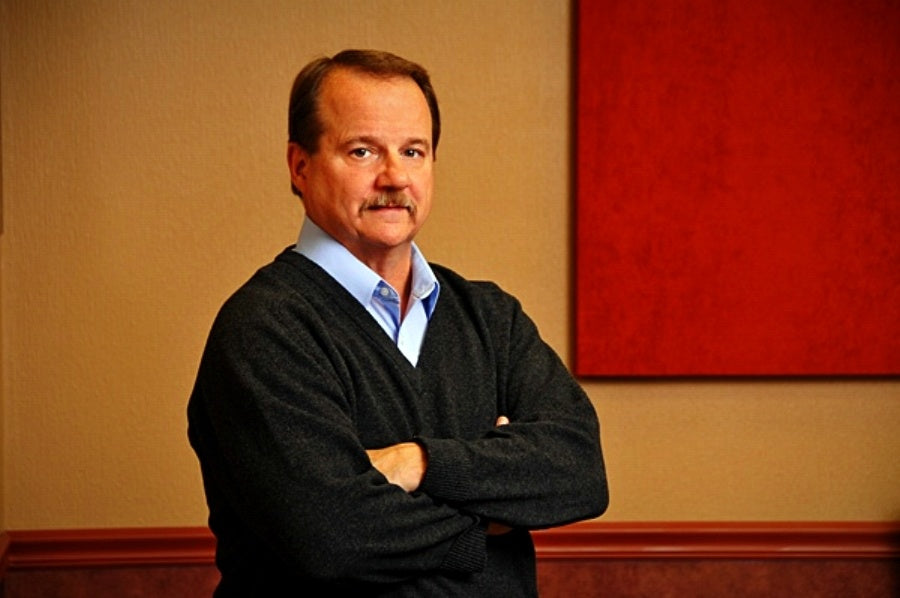
John Allin on Slip and Fall Lawsuits and the Snow & Ice Removal Industry
In this interview, you’ll learn all about John Allin, founder of SIMA, key player in the founding of ASCA, expert witness, and overall big name in the snow and ice removal industry. HeatTrak: Sha...
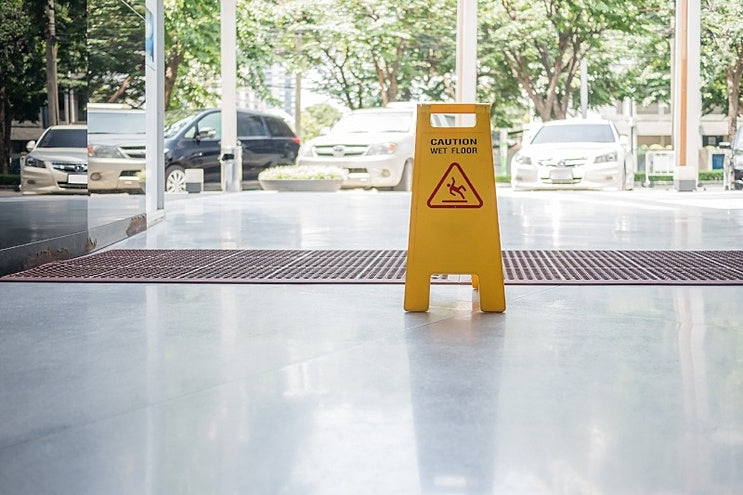
Here's How to Get a Grip on Slips and Falls
It’s no secret that slips and falls can be costly to businesses and institutions. They lead to employees taking sick days and result in worker compensation claims, higher insurance premiums, and la...

Reducing Slip and Fall Injuries: Cost-Benefit Realities
Facility managers have many responsibilities keeping their buildings safe for visitors, customers, and employees. These tasks range from monitoring elevator safety to fire alarm maintenance, to wa...

Slips and Falls, OSHA, and Your Facility
Prudent facility managers are well aware of OSHA and the need to remain compliant with its regulations. For those needing a refresher, here are the basics about the Occupational Safety and Health ...

Shocking Slip and Fall Statistics
Facility managers have a lot to contend with when it comes to the day-to-day running of a building, whether it be a commercial office space, or a hospital, institution, or big-box store. While eac...
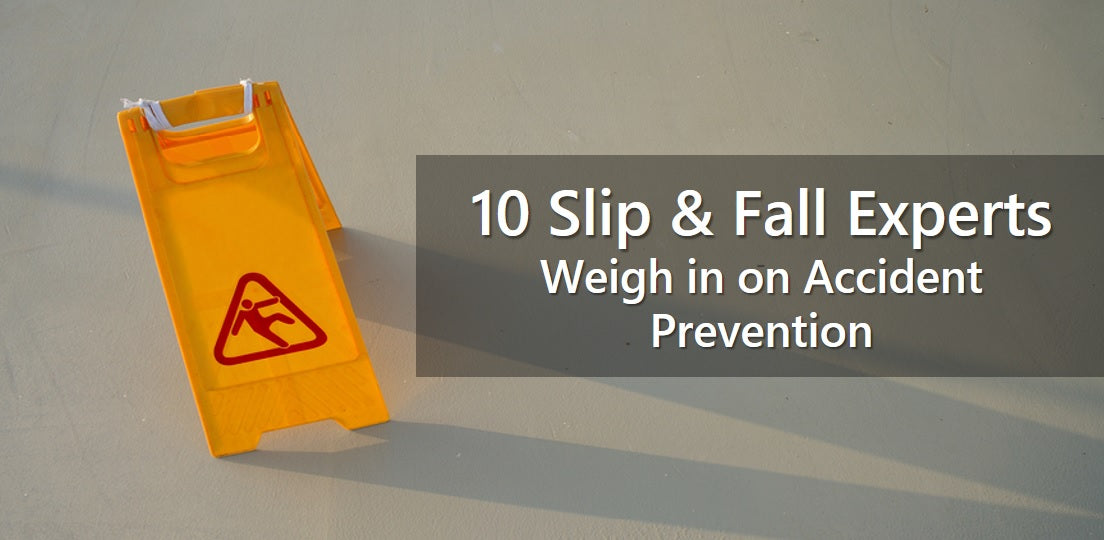
Ten Slip and Fall Experts Weigh in on Accident Prevention
We spoke to ten experts on slips and falls to hear their thoughts on the following topics: What is your top piece of advice for slip-and-fall prevention? With all the many feet of sidewalks, entr...
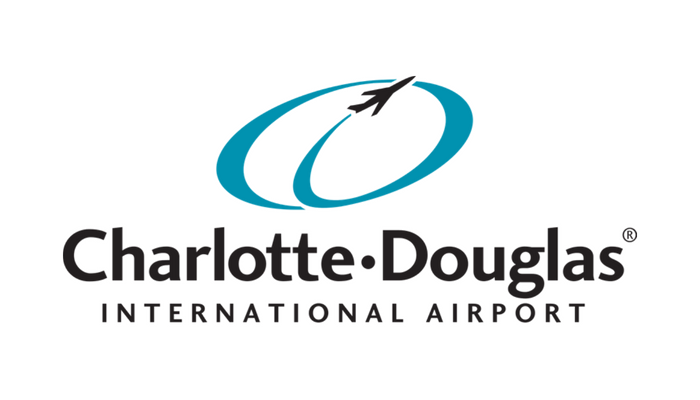
Doraville, GA, January 2019 - With some 22 million passengers a year, Charlotte Douglas International Airport is the eighth-busiest airport in the US. Despite North Carolina’s generally balmy weath...

Yale University Cuts Slip-And-Fall Rates, Liability Risk with Snow Melting Mats
Doraville, GA, August 2019—With winter temperatures in New Haven, CT, dipping into the teens and low 20s and snow accumulation averaging 31 inches a year, reducing winter-related slip-and-fall acci...
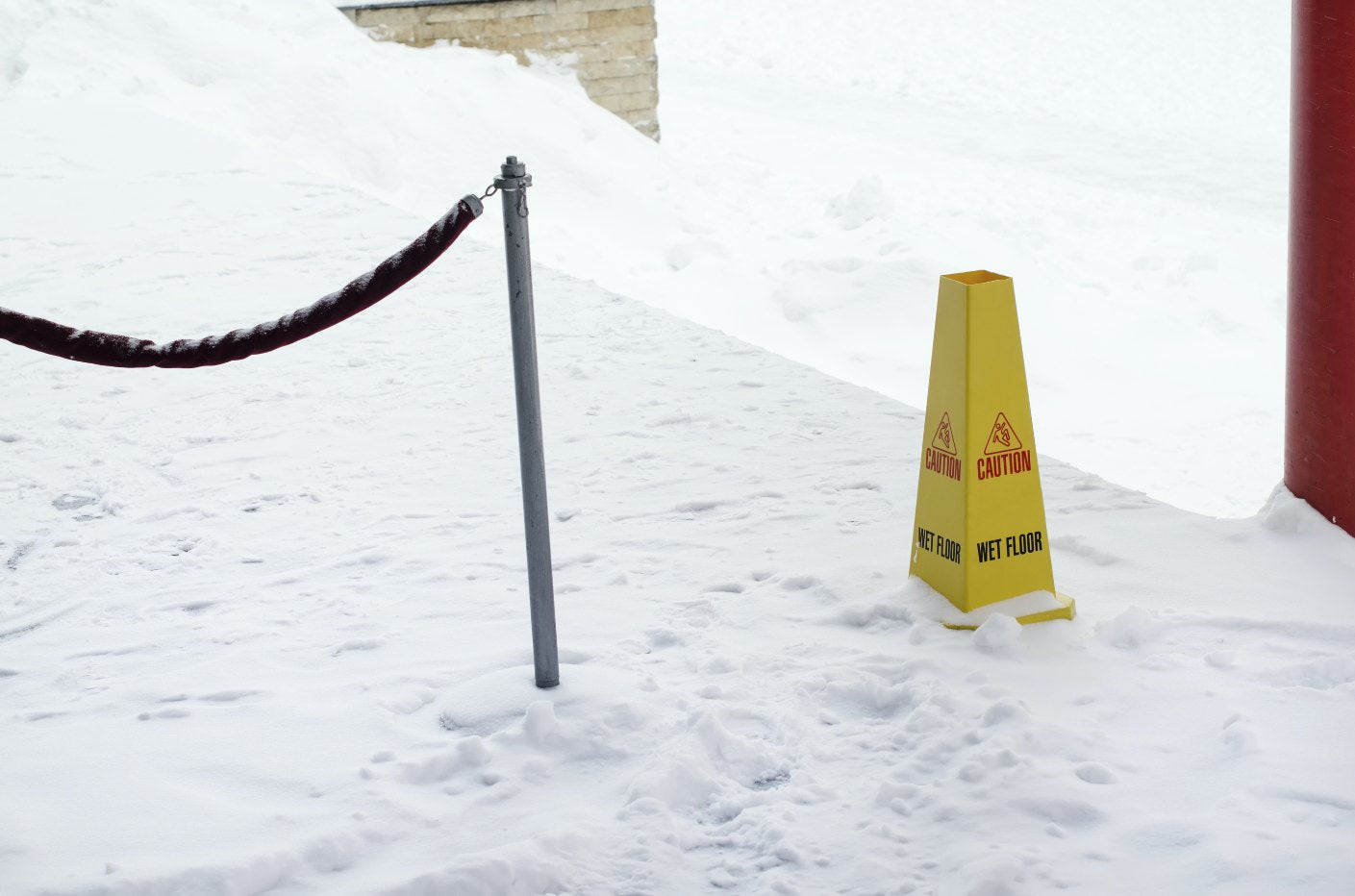
How Much Will a Slip and Fall Injury Cost You?
Facility managers are often charged with making critical decisions regarding liability protection that will affect their facilities’ bottom line. While preventative measures to guard against laws...

Snow Melting Mats Increase Safety, Lower Liability Risk at Hunterdon, NJ County Offices
Doraville, GA, September 2018—With winter temperatures in western New Jersey dipping into the teens and snowfall rates averaging 23 inches a year, reducing winter-related slip-and-fall accidents is...
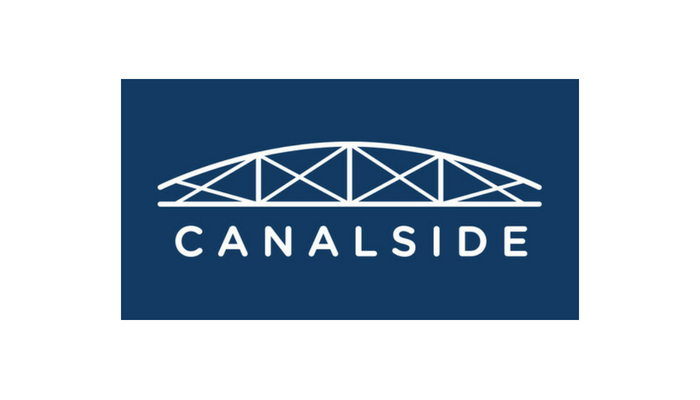
Canalside Buffalo Cuts Slip-And-Fall Rates, Liability Risk with Snow Melting Mats
Doraville, GA, September 2018—With winter temperatures in Buffalo, NY, dipping into the low teens and snow accumulation averaging 89 inches a year, reducing winter-related slip-and-fall accidents i...
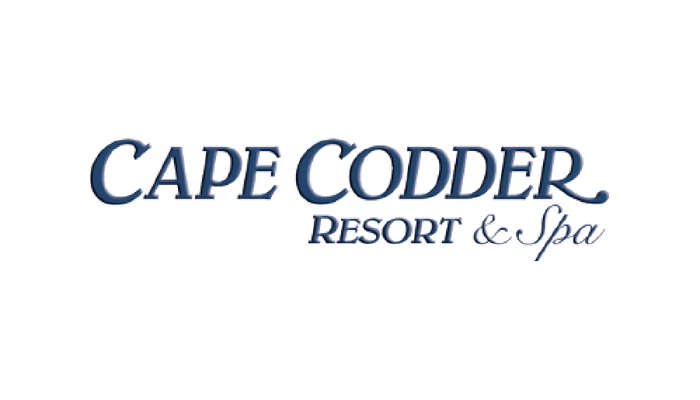
Snow Melting Mats Provide a Creative Solution to Snow and Ice Buildup at Cape Cod Resort
Doraville, GA, January 2019 - With winter temperatures on Massachusetts’ Cape Cod peninsula plunging into the low 20s and snowfall rates averaging 33 inches a year, reducing winter-related slip-and...
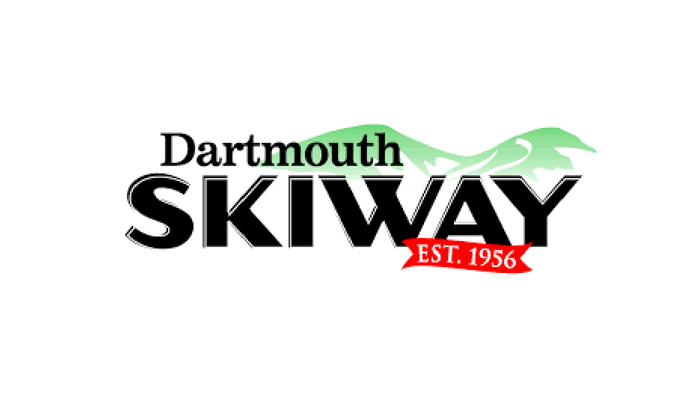
Snow Melting Mats at NH Skiway Lower Slip-and-fall Rates, Liability Exposure
Doraville, GA, September 2018 - Two mountains, 30 trails, and three ski lifts make Dartmouth Skiway in Lyme Center, NH, a magnet for some 3,300 skiers per hour. According to Mountain Operation Man...